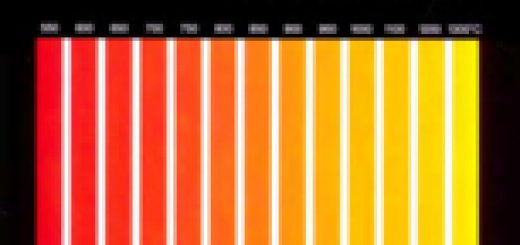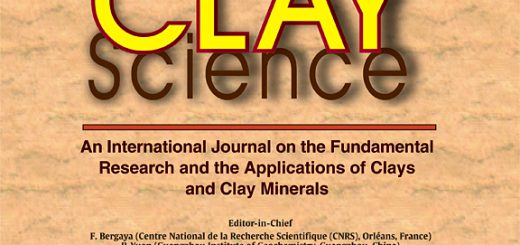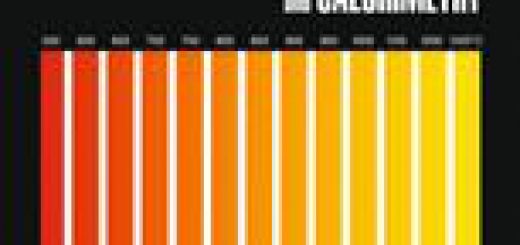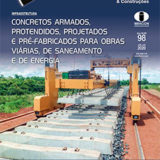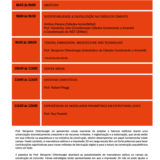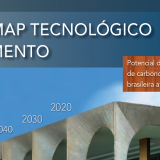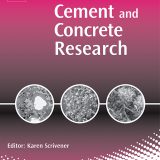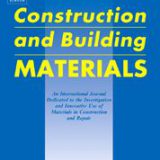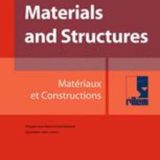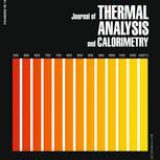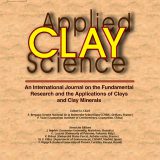Authors: Romano, Roberto Cesar de O.; Bernardo, Heitor M.; Maciel, Marcel H.; Pileggi Rafael G.; Cincotto, Maria A.
Journal: Journal of Thermal Analisys and Calorimetry (doi)
Available online: 2 de Março de 2019
Abstract
This study is part of a global project to find some large-scale application for red mud. A previous work confirmed that the
use of RM as partial substitution for cement can affect its rheological properties; however, it is possible to produce
cementitious materials without lose mechanical performances at harden state. The main goal of the work was to assess the
impact of red mud (RM) as replacement of different Brazilian Portland cements by monitoring the formation of hydrated
products over time, by thermogravimetry, X-ray diffraction and FTIR. Results show that the presence of RM increases the
induction period, the gypsum and portlandite consumption as well as the amount of ettringite and monosulfoaluminate
produced. The formation of sodium silicoaluminate hydrate (NASH) was also observed, regardless the kind of cement, as a
result of the reaction with aluminates and silicates from the binder.

